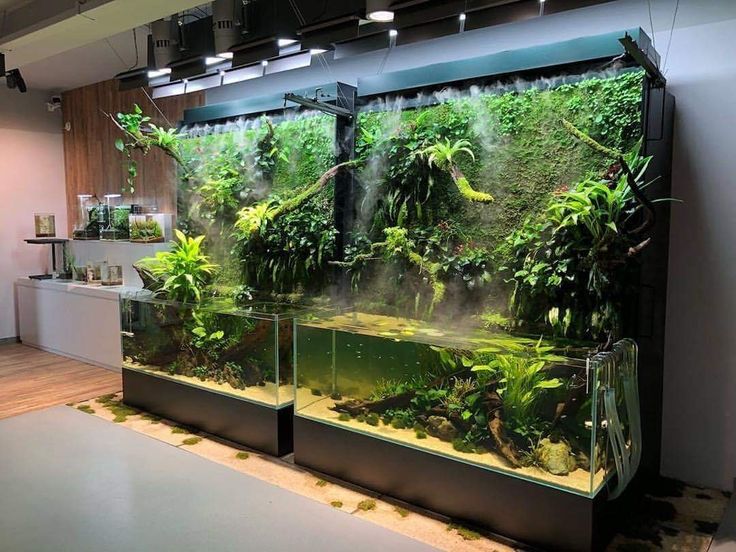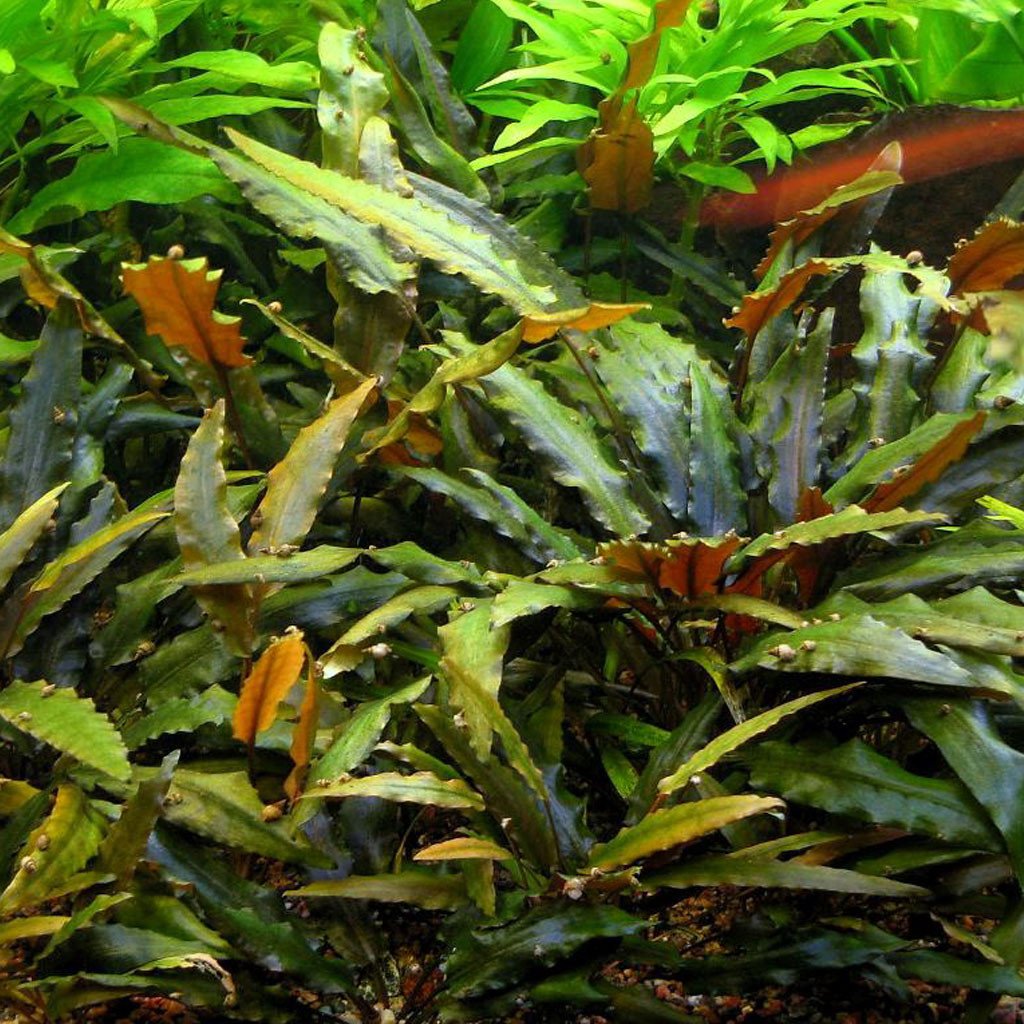
How to Safely Remove Snail Eggs and Hitchhikers from New Plants
If you’ve ever brought home a new aquarium plant only to notice tiny snails or clear, jelly-like eggs on the leaves a few days later—you’re not alone. Even healthy, vibrant plants can arrive with unwanted hitchhikers. While most of these guests are harmless, a sudden snail boom can quickly overwhelm your tank.
The good news? You can easily prevent this with a few simple steps before adding new plants to your aquarium.
🌿 Step 1: Inspect Every Plant Closely
Before doing any cleaning, start by visually inspecting your plants under good lighting.
Look for:
-
Tiny, clear snail eggs on the underside of leaves or stems
-
Small brown or black snails hiding near the roots or rhizomes
-
Gel-like clusters stuck to plant tissue or containers
If you notice any eggs, gently scrape them off using your fingernail or soft brush. This first step alone removes a large portion of potential hitchhikers.
💧 Step 2: Rinse with Dechlorinated Water
Give your plants a gentle rinse in dechlorinated or aquarium water to loosen debris and dislodge small critters. Avoid using untreated tap water, as chlorine can damage delicate plant leaves.
This step helps remove:
-
Detritus and algae buildup
-
Smaller eggs and larvae
-
Tiny planaria or seed shrimp hiding between stems
🧂 Step 3: Use a Safe Plant Dip
A dip solution helps kill eggs and snails that survive rinsing. Here are a few safe methods you can use at home:
1. Alum Dip (Gentle & Effective)
-
Mix 1 tablespoon of alum per gallon of water
-
Soak plants for 6–8 hours
-
Rinse thoroughly before placing in your tank
2. Hydrogen Peroxide Dip (Stronger Option)
-
Mix 3% hydrogen peroxide at 1 part peroxide to 3 parts water
-
Soak plants for 5 minutes
-
Rinse well with dechlorinated water
3. Bleach Dip (Last Resort)
-
Mix 1 part unscented bleach to 19 parts water
-
Soak for no more than 2 minutes
-
Rinse thoroughly and then soak in dechlorinated water for 10 minutes
⚠️ Note: Avoid dipping sensitive plants like mosses, Anubias, or Bucephalandra in bleach—they can melt easily.
🧴 Step 4: Quarantine New Plants
Even after dipping, it’s a good idea to quarantine your plants for at least 1–2 weeks before adding them to your main aquarium.
Place them in a separate container or small tank with gentle light and water circulation.
This step ensures:
-
Any remaining snail eggs hatch in isolation
-
You can easily remove newborn snails
-
Your main display tank stays pest-free
🌱 Step 5: Start with Clean, Trusted Plants
The easiest way to avoid snail problems is to start with plants that are grown, cleaned, and inspected carefully before shipping.
At Marcus Fish Tanks, we treat every plant with care—rinsed, inspected, and handled to minimize pests before packing. Whether you’re adding Anubias, Java Fern, or Dwarf Baby Tears, your plants arrive healthy and ready to thrive.






